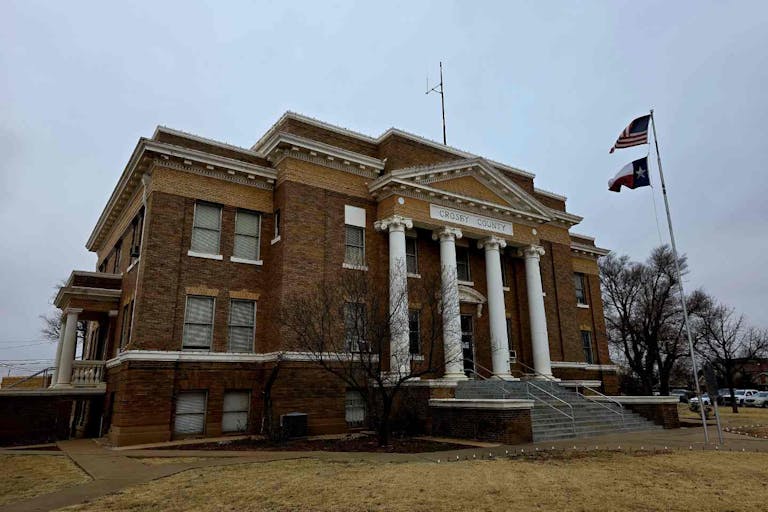
14th Texas county outlaws abortion and use of roads for ‘abortion trafficking’
Mark Lee Dickson
·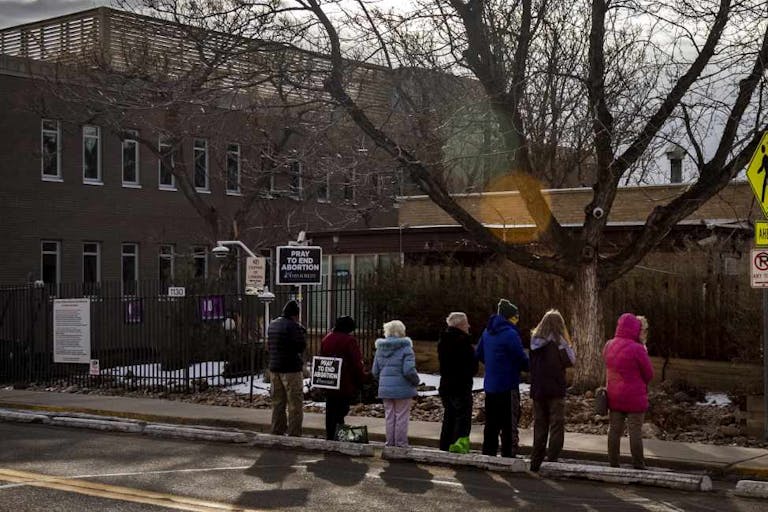
Global attacks against pro-life speech at abortion facilities are an attack on women’s choice
As abortion advocates continue to fight to expand abortion at all costs, a new tactic that’s gaining ground internationally is the establishment of “buffer zones” — restricted areas around abortion facilities where pro-lifers are prohibited from ministering or even praying. These buffer zones are an attack on free speech and freedom of assembly, and they purposely limit any help offered to pregnant women. They also confirm what many in the pro-life movement have known all along: abortion advocates don’t want women to have a choice; they want more abortion.
Countries at the forefront of the fight to limit speech
The push to establish buffer zones is being seen not just in the United States but in Europe, including the following countries:
Ireland: Lawmakers in Ireland are currently considering a bill that prohibits any kind of “influencing” conduct outside abortion facilities, and some politicians are even fighting for jail sentences for the sidewalk counselors who violate these buffer zones.
United Kingdom: Members of Parliament recently approved an amendment that would enact a buffer zone around all abortion facilities in the UK. Some English towns are creating their own buffer zones already, with one going so far as to prohibit any religious gestures, such as the sign of the cross, within the restricted six-street radius.
Scotland: A Scottish MSP introduced a bill in May to enact buffer zones around abortion facilities. If passed, violators could face a potential two years in jail.
Spain: Pro-lifers who even pray outside Spanish abortion facilities now face the threat of jail time. In legislation passed earlier this year, all “coercive activity” — including prayer — is prohibited within the buffer zone area.
While there is no national movement in America to enact buffer zones around abortion facilities, sidewalk counselors face an increasing threat in the U.S. as well, as the FBI and the Department of Justice crack down on pro-life outreach. Local jurisdictions, like those in Seattle and Maine, are creating their own buffer zone laws, though these laws are more likely to be challenged in the courts in the U.S.
A lifeline of help
Given the increasing legislation against sidewalk counselors, an outsider might assume these pro-lifers are violent or offensive. But while the pro-abortion side deceptively pushes this portrayal, it’s almost never the case. Sidewalk counselors and prayer warriors are overwhelmingly peaceful, prayerful people witnessing for life. They often join in prayer outside abortion facilities, engage in conversation with women who may be entering, and offer life-affirming help and assistance when it is needed.
Many times, this help is favorably received (as is seen in this recent video from a young couple whose child was saved by Pennsylvania pro-lifer Mark Houck). Countless families have thanked pro-lifers for the help they have offered, which enabled them to choose life for their children.
“I thank all you guys for being out here,” a father named Noe told pro-lifers after their presence influenced his wife’s decision not to abort. “I thank you guys so much, man, because honestly, you guys changed our mind. I feel like if you guys weren’t here that day we probably would have stepped in there.”
“Thanks to the help I was offered by a group outside of a clinic before my appointment, my daughter is here today,” recounted UK mother Alina Dulgheriu in 2020 as she testified against buffer zones. “Refusing this charity from offering much-needed services and resources for women in my situation is wrong. Let them help.”
While countless families have praised the work of these sidewalk counselors, others have lamented that they didn’t encounter anyone on the sidewalks as they reached their abortion appointment — like Betty, who told Live Action News that had she seen just one person praying on the sidewalk, she believes she would not have gone through with her abortion appointment.
The stories of those who have been helped and chosen life for their babies are the real impetus behind the buffer zone push. When sidewalk counselors can offer prayer and assistance, women choose life — and that hurts the abortion industry’s bottom line.
The attack on freedom punishes women in need
Article continues below
Dear Reader,
In 2026, Live Action is heading straight where the battle is fiercest: college campuses.
We have a bold initiative to establish 100 Live Action campus chapters within the next year, and your partnership will make it a success!
Your support today will help train and equip young leaders, bring Live Action’s educational content into academic environments, host on-campus events and debates, and empower students to challenge the pro-abortion status quo with truth and compassion.
Invest in pro-life grassroots outreach and cultural formation with your DOUBLED year-end gift!
Prohibiting a pro-life presence outside abortion facilities is an attack on freedom of speech, freedom of assembly, and, in some cases, the freedom of religion, and it’s a blatant attempt by the abortion side to silence the opposition. Abortion advocates are limiting these freedoms under the guise of protecting women from the “coercion” of those in the pro-life movement.
“Prayer is not freedom of expression if the end result is to coerce,” a spokesperson from a Spanish pro-abortion group claimed.
But, contrary to the narrative, offering a woman choices and praying for her is not coercion. Indeed, one study has found that nearly 74% of post-abortive women were actually coerced to abort — even though 66% admitted feeling that abortion is wrong. This means that many women who are entering abortion facilities are likely not doing so because they have an active desire to kill their preborn child but instead feel pressured and believe they have no other option.
Pro-lifers should have the freedom to offer these women another choice. Taking that freedom away is not helping women — it’s pushing them further into a decision they may later regret.
What happened to “choice?”
Though abortion supporters have historically been categorized as “pro-choice,” the fight for buffer zones is part of a larger push to ensure that a woman’s only choice is abortion.
Abortion is a procedure that ends the life of a preborn child with the potential for lasting physical and mental trauma for the mother. Despite this, many women have no idea what the abortion process actually entails. There is little to no informed consent, meaning women don’t understand the risks or the lasting consequences, and they aren’t offered any information that could cause them to change their minds.

Limiting the amount of information a woman receives is not doing a service to women, nor is it ensuring that they have informed consent. When a woman knows she has other options — when she knows that someone is outside, willing to help her — she’s more likely to pause and want some time to consider.
A general lack of information is one of the reasons why sidewalk counselors play such a valuable role. They are there to immediately provide help and offer assistance, and can often connect women with local pregnancy resource centers. There, a woman will receive all the information she needs to make an informed decision about abortion. Not only that, she’ll be offered resources like prenatal care, baby formula, diapers, clothes, furniture, and more. These PRCs provide the love, support, and resources that women need to choose life — things these women will never find within the walls of an abortion facility.
A movement to hide the truth
If the pro-abortion movement truly cared about women and really believed that abortion is nothing more than routine health care, as they say, they would not work so hard to limit the information and alternatives offered by the pro-life movement. The very fight to implement anti-free speech buffer zones shows that abortion advocates know that when women learn the truth about abortion and recognize that there is help available to them, they often change their minds and choose life.

Live Action News is pro-life news and commentary from a pro-life perspective.
Contact editor@liveaction.org for questions, corrections, or if you are seeking permission to reprint any Live Action News content.
Guest Articles: To submit a guest article to Live Action News, email editor@liveaction.org with an attached Word document of 800-1000 words. Please also attach any photos relevant to your submission if applicable. If your submission is accepted for publication, you will be notified within three weeks. Guest articles are not compensated (see our Open License Agreement). Thank you for your interest in Live Action News!

Mark Lee Dickson
·
Pop Culture
Cassy Cooke
·
International
Cassy Cooke
·
Analysis
Cassy Cooke
·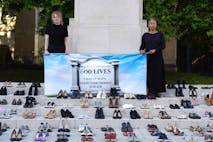
Analysis
Angeline Tan
·
Analysis
Cassy Cooke
·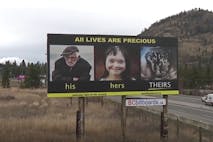
Human Rights
Bridget Sielicki
·
International
Bridget Sielicki
·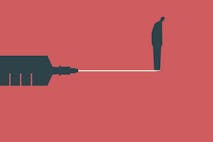
International
Bridget Sielicki
·
Politics
Bridget Sielicki
·
Issues
Bridget Sielicki
·